The Demand for Partition of India and The British Policy
Partition of India attracted an unprecedented attention at its fiftieth year of Independence. However, most of the literature is either an exercise in search of alibis or are memoids filled with nostalgic past. Those who try to rationalize the theme often get trapped in their own prisms. As a result, even after tons of literature produced, the topic continues to fascinate.
When democracy became the rule of the gams and ballot box its arbitrator, political mobilisation of different specificity has became inevitable. In the struggle for power, various facets of human divide were pedagogically sharpened. Political consciousness was built on mutual mistrust and suspicion-groupings and regroupings were forged with contradictory interests. It wont be incorrect to say that the heterogeneity of India manifested itself with the advent of the ballot box. The trial of democracy began with the first elections held in 1936. Ever since, the problem of governance of India too became difficult.
The British wanted to establish an Indian federation where the representatives of the Indian dominion and the princely states would come to a constituent assembly to frame the constitution of India. In the transitory phase. When a working arrangement was being evolved, British were to supervise the federation till smooth transfer of power takes place in India. However, the beginning of world War II changed the course of history. This altered the complexion of the Indian history. This study is focused to highlight this enigma of the British empire.
Get it now and save 10%
BECOME A MEMBER

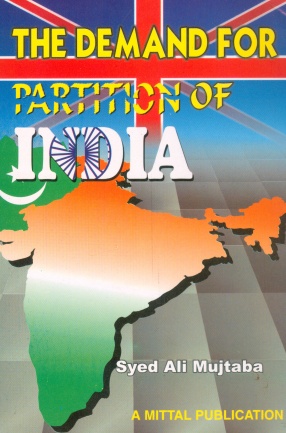
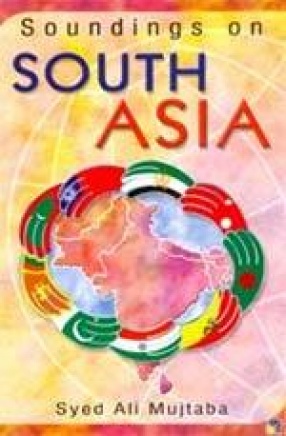
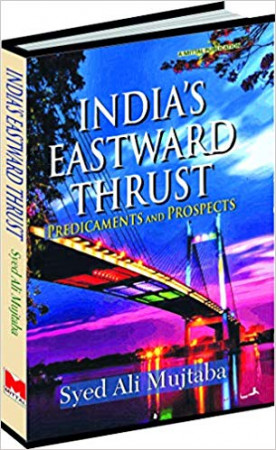
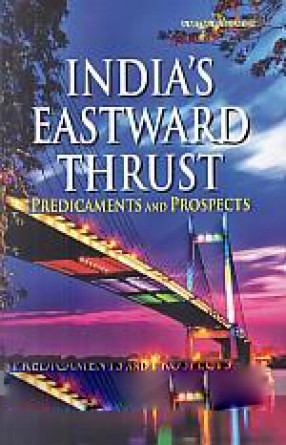
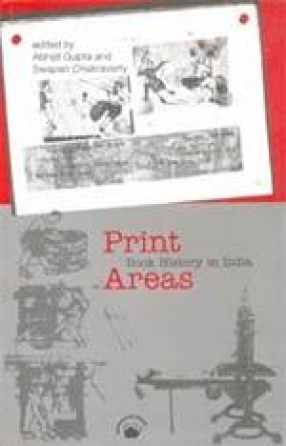

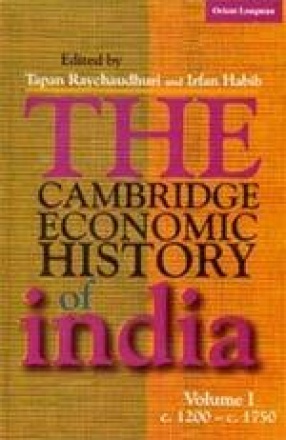
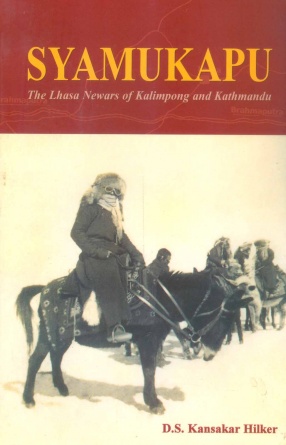

Bibliographic information